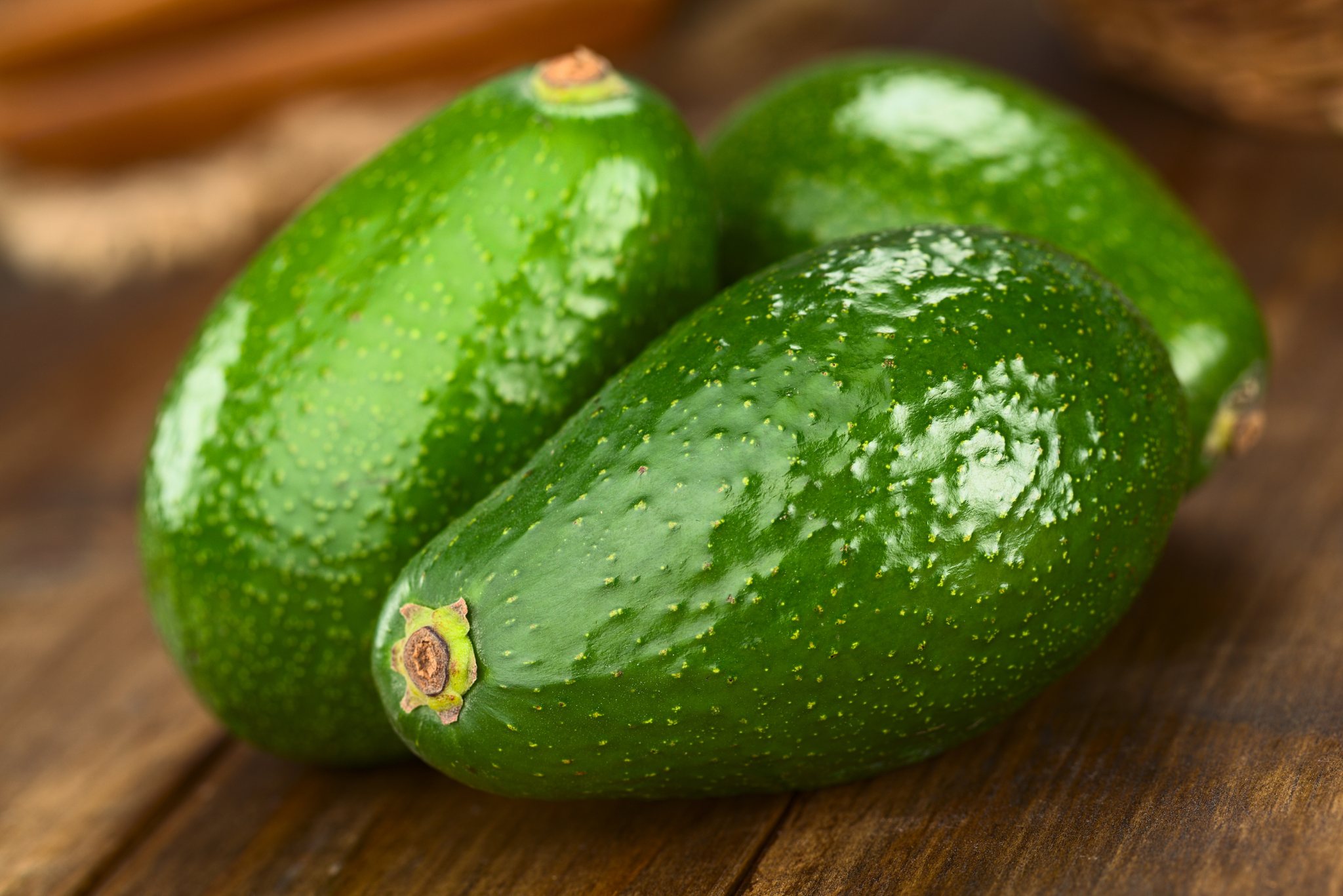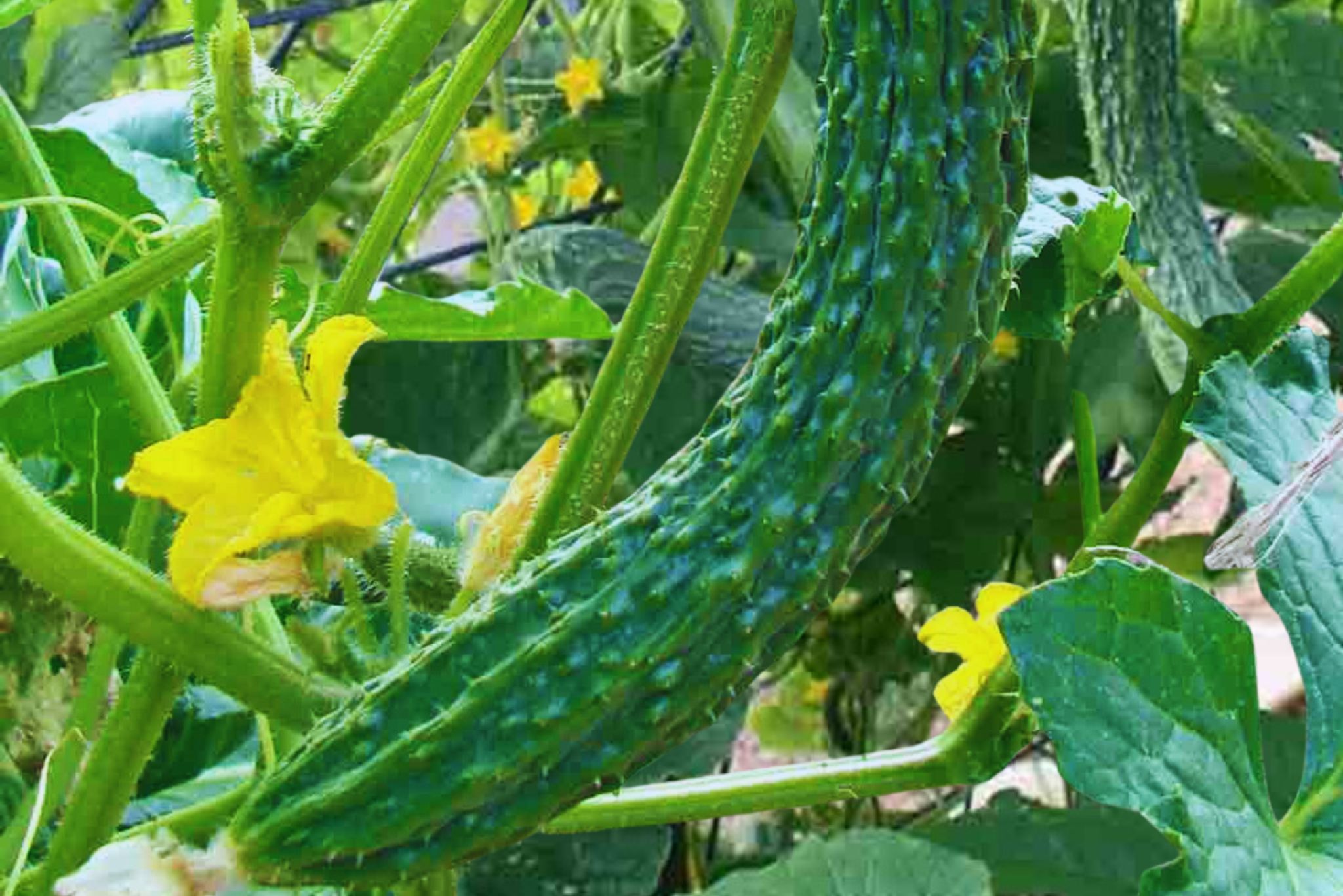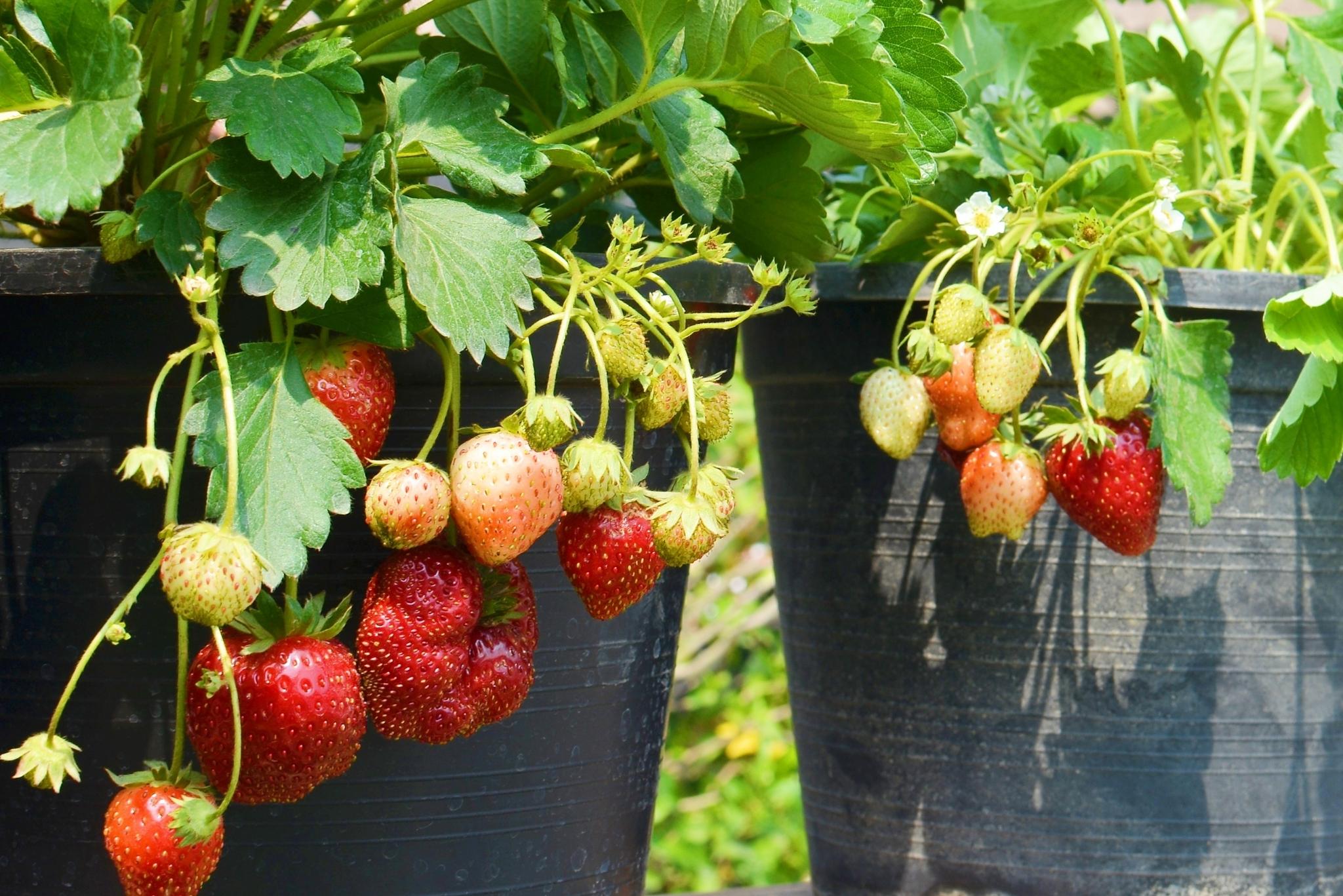GardenersMag is a magazine for people who love gardening
Categories
Featured article
Apricot Blossoms: Description, Flavor, Benefits, And Uses
let me paint you a picture of the enchanting Apricot Blossoms! Picture a sunny spring day where the air is filled with the delicate scent of blossoms. Apricot trees, adorned…
Latest articles
Apricot Blossoms: Description, Flavor, Benefits, And Uses
let me paint you a picture of the enchanting Apricot Blossoms! Picture a sunny spring day where the air is filled with the delicate scent of blossoms. Apricot trees, adorned…
Everything you wanted to know about Green Tiger Tomatoes.
Green Tiger Tomatoes are a unique variety of tomatoes that have recently gained popularity. These vibrantly patterned fruits have captured the attention of gardeners, chefs, and food enthusiasts alike. But…
Everything you wanted to know about Atomic Grape Tomatoes .
Tomatoes are a staple crop in many gardens. They’re a versatile ingredient in the kitchen and a favorite for many green thumbs due to their relatively easy growing habits. But…
Plum Types and Varieties: A Comprehensive Overview | GardenersMag .
Plums are a popular and delicious fruit that have been cultivated for thousands of years. They come in a wide variety of sizes, colors, textures, and flavors. In this comprehensive…
Everything you wanted to know about plum vs nectarine .
Plum and nectarine are two fruits that are often confused for each other, as they look quite similar in appearance. However, there are some key differences between the two fruits…
Fuerte Avocado: History, Flavor, Calories, Benefits, And Uses
Let me introduce you to the Fuerte avocado, a beloved variety cherished by avocado enthusiasts and home gardeners alike. Renowned for its creamy texture, rich flavor, and versatility in culinary…




